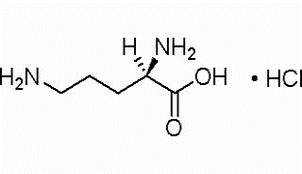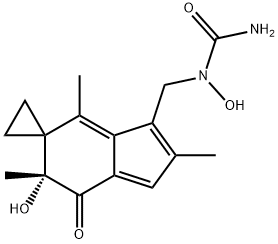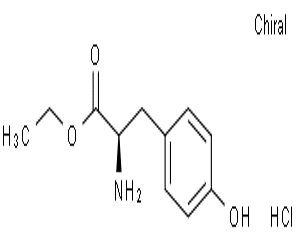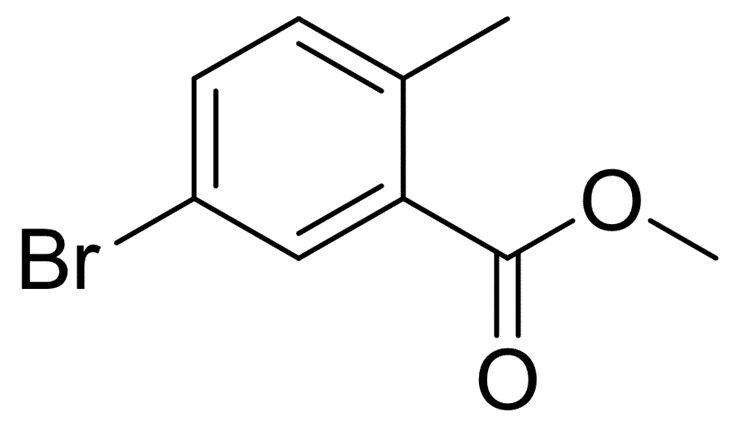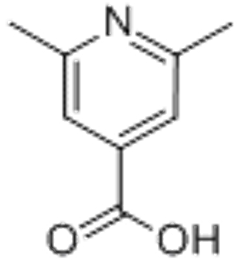D-Ornithine monohydrochloride(CAS# 16682-12-5)
Product Detail
Product Tags
Risk and Safety
| Safety Description |
24/25 – Avoid contact with skin and eyes. |
| WGK Germany |
3 |
| FLUKA BRAND F CODES |
3-10 |
| HS Code |
29224999 |
D-Ornithine monohydrochloride(CAS# 16682-12-5) Information
| application |
ornithine is used to improve athletic performance, reduce the treatment of glutamine poisoning, brain conditions due to liver diseases (hepatic encephalopathy), and is used for wound healing. |
| preparation |
experiment in alkaline solution, DL-ornithine can be obtained by one-pot cooking hydrolysis-racemization reaction of L arginine, and then directly biotransformation with lysine decarboxylase in HafniaalveiAS1.1009 to prepare D-ornithine hydrochloride in a yield of 45.3%. At the same time, putrescine was obtained in a yield of 41.5%. It was determined that L-arginine was reacted into DL-ornithine within 3 hours under reflux condition with 1.0 mol/L sodium hydroxide aqueous solution and 0.10 molar ratio of salicylaldehyde. The results of the study on the properties of lysine decarboxylase in biotransformation show that the specific enzyme activity can be increased to 6 119 U by adding 1mmol/L Fe2 +. Under this optimized condition, the conversion time is 16 h, it provides a new method for the preparation of D-ornithine hydrochloride and putrescine. |
| biological activity |
(R)-Ornithine hydrochloride is an endogenous metabolite. |
Previous:
2 5-Dichloropyridine(CAS# 16110-09-1)
Next:
2-Chloro-N-(2 2 2-trifluoroethyl)acetamide(CAS# 170655-44-4)


